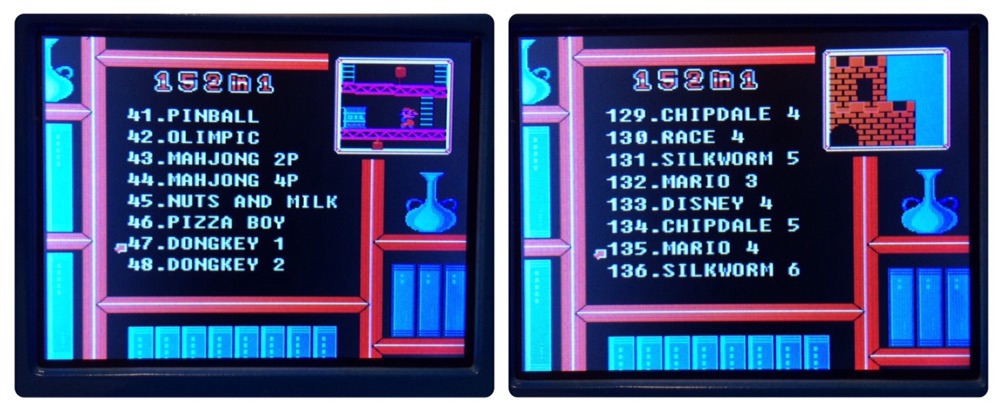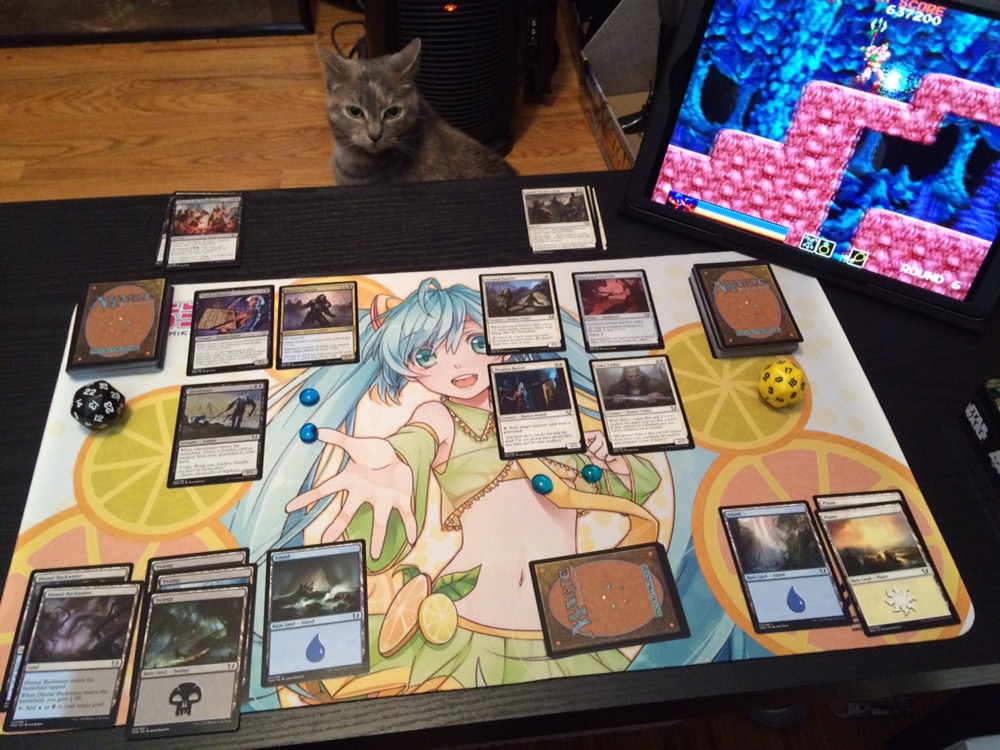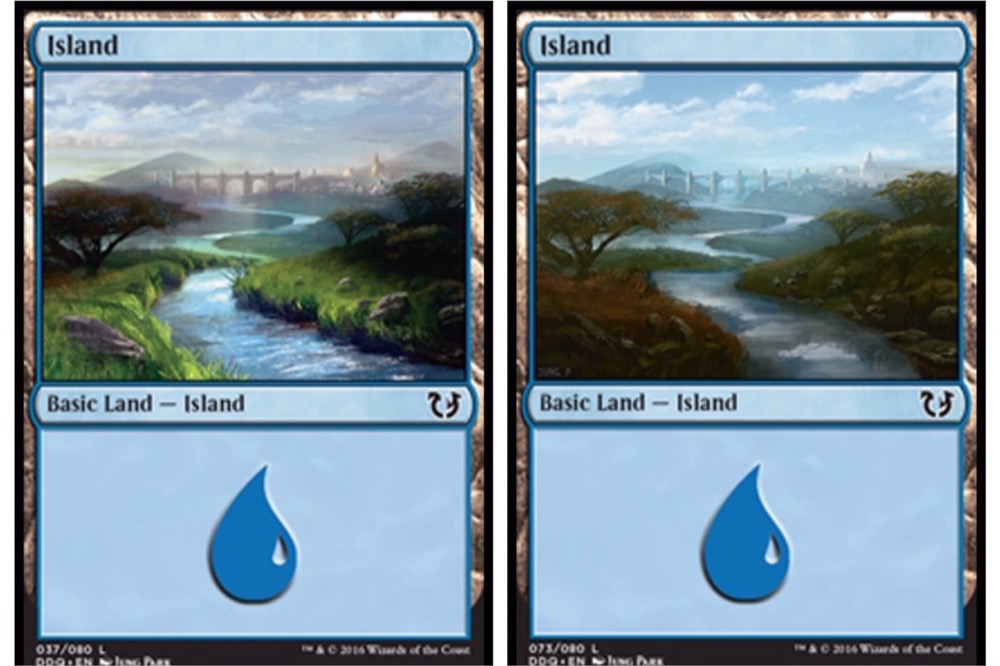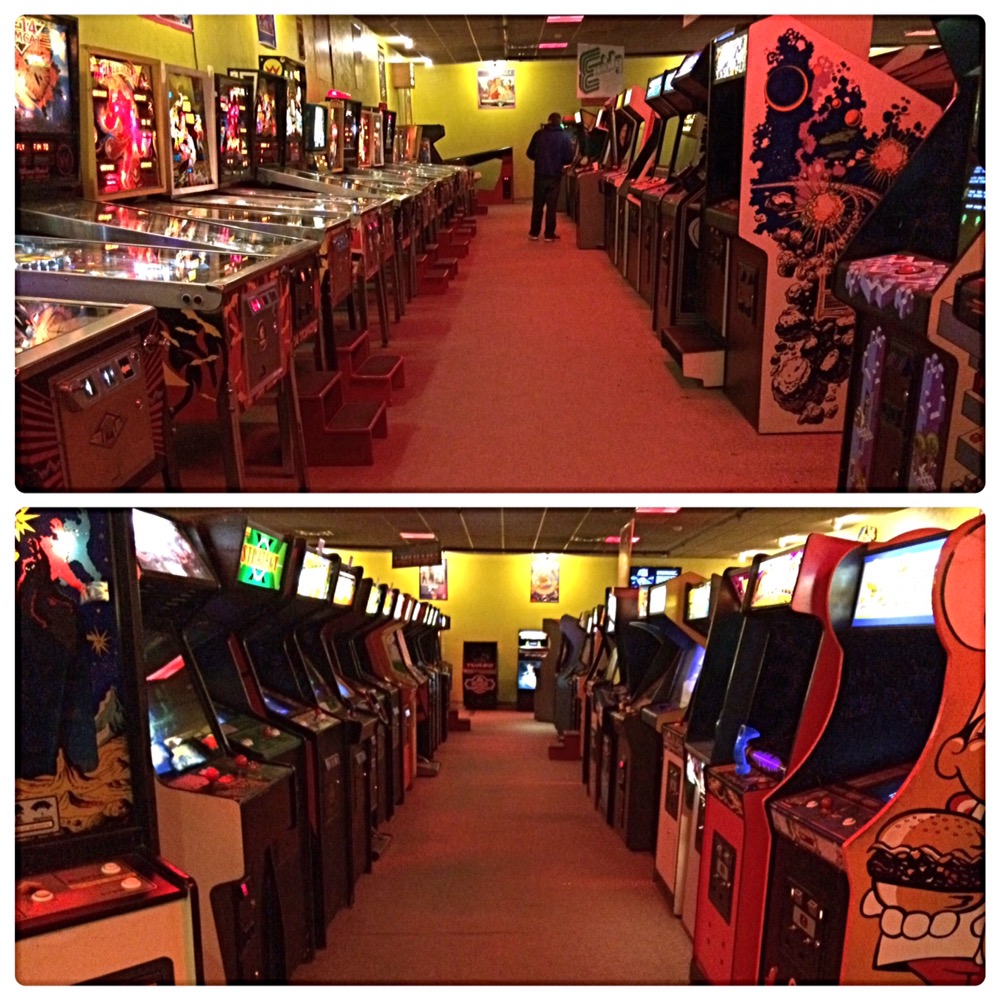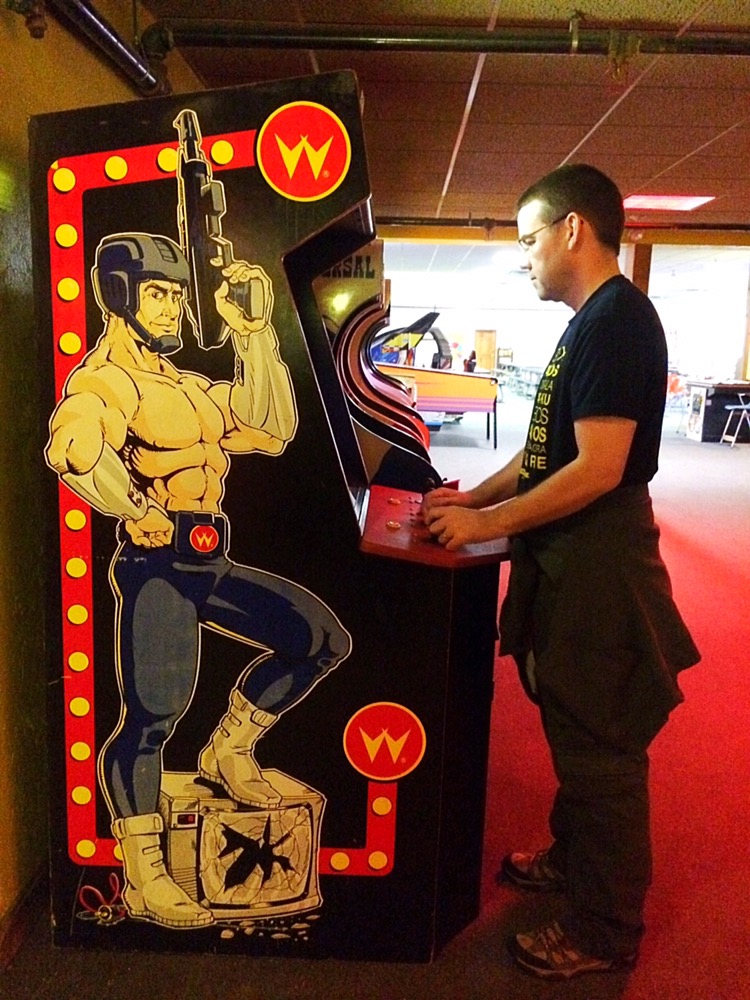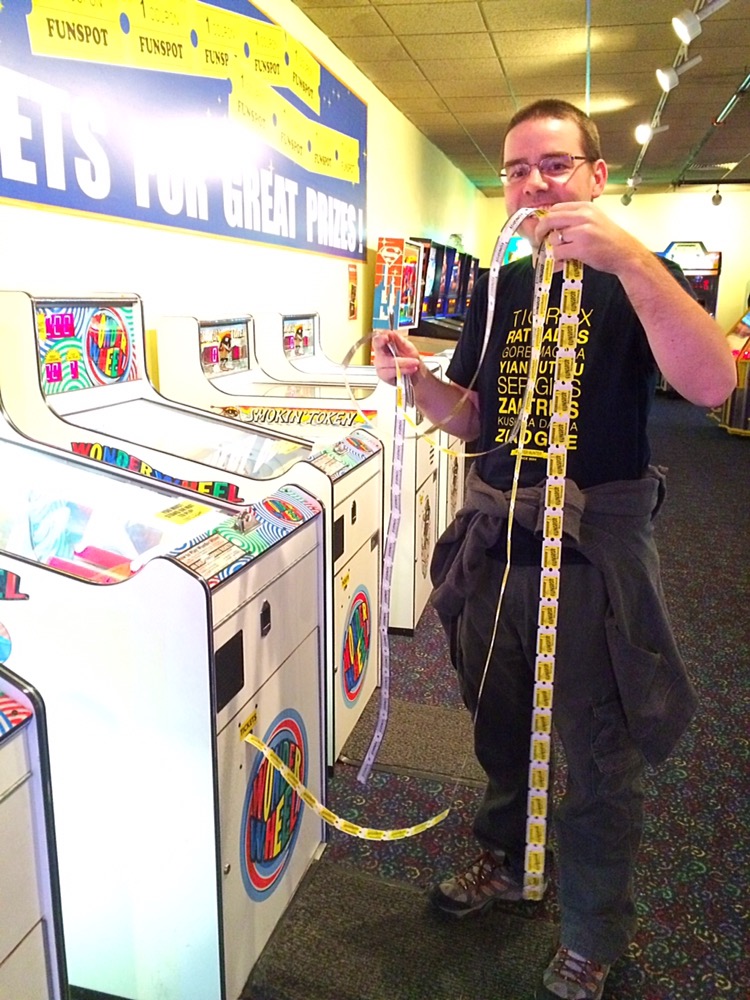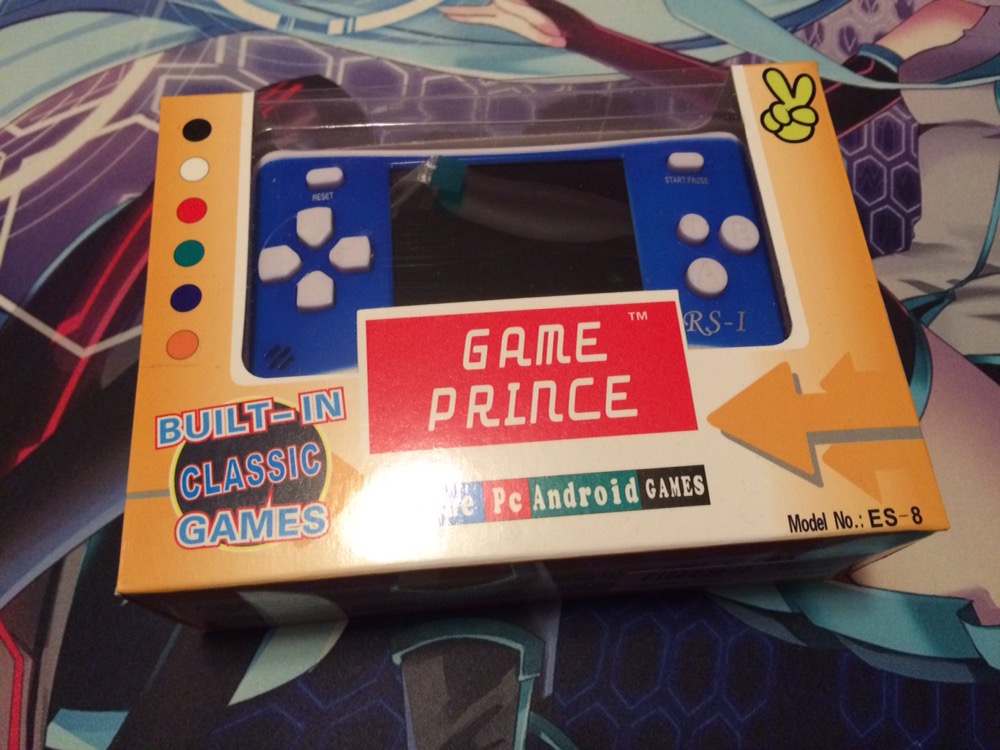
I bought the above on Amazon for only $14. It’s a handheld self-contained gaming system that promised (as you can see) to contain ‘iPhone, PC and Android’ games.
Here’s the instructions:
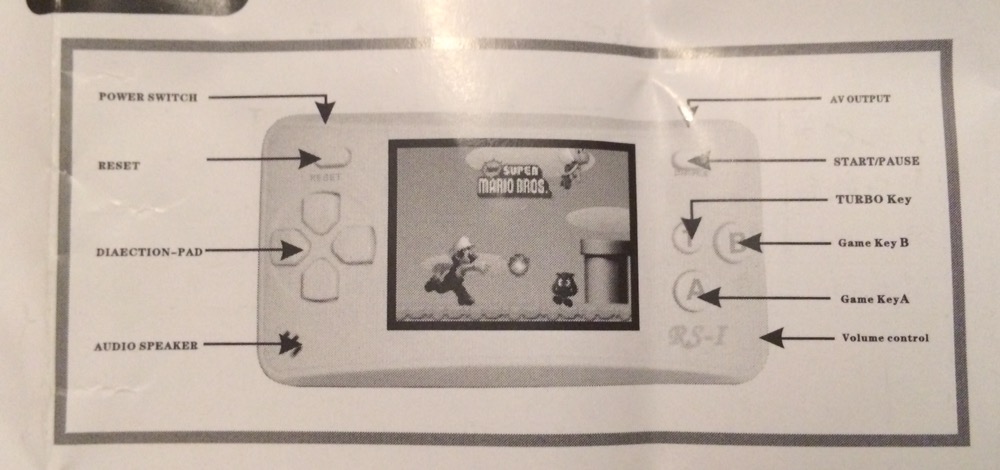
That’s quite a screenshot to use for what I suspected it would be just a crappy X-in-1 system (albeit handheld). Let’s turn it on:
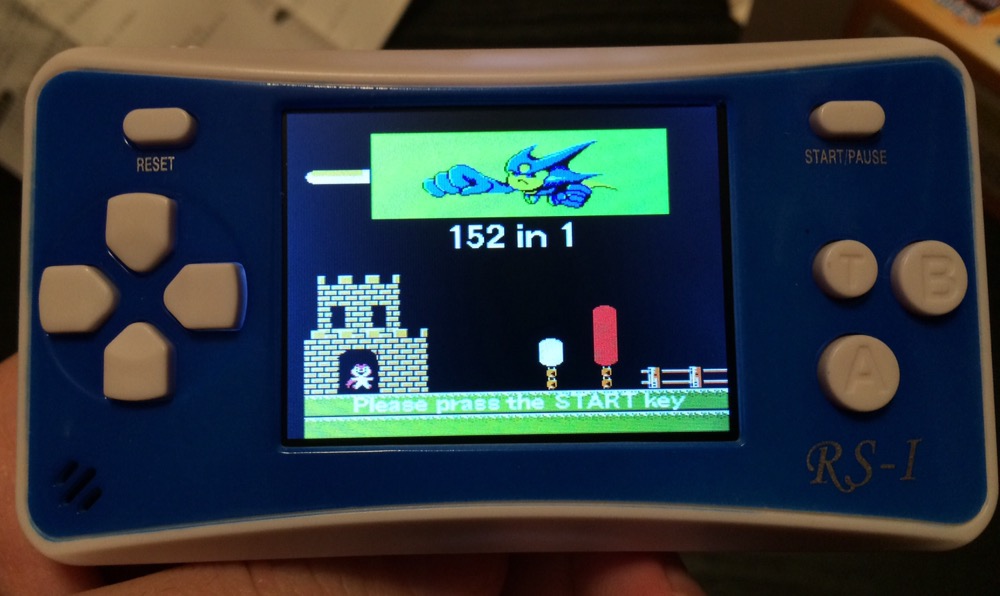
And I was correct! 152 games to be specific, and a quick glance through the list suggested this was essentially a handheld NES emulator featuring a small set of NES games repeated over and over as is usual for such devices:
I estimate there’s about 50 unique games on the device. Some (such as Silkworm and Adventure Island) have over ten versions, although they all seem to be simply ‘start at level X’ hacks.
I apologize for the quality of the photos; the screen has a coating that makes it difficult to photograph. It looks better than here, and is very vibrant with s good refresh rate. Since Mario seems to run at native NES resolution, I estimate the postage-stamp-sized screen to be about 256×240.

That’s of course Donkey Kong, Mario, Pac-Man and Ninja Gaiden III, all of which run well and have original sound effects. Based on these the quality of emulation seems to be good.
The buttons of the system however are awful, which makes actually playing the games almost impossible.
The worst offender is the 4 direction buttons which are not linked (and therefore not a d-pad). There is a notable delay when pushing one and holding two down at a time negates both, making diagonals impossible. The fire buttons aren’t much better, and rapidly pushing one seems to result in it not registering at all. It’s inexcusable the device was manufactured with such terrible controls.
What about the claim of iPhone or Android games? Check these out:
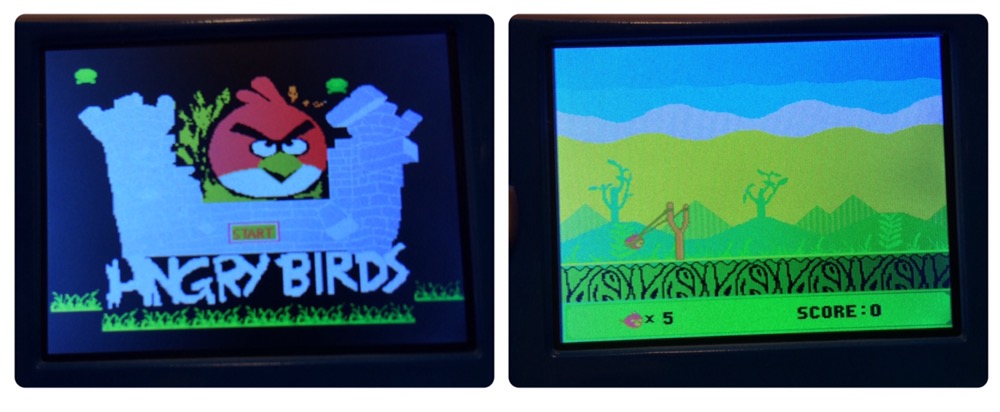
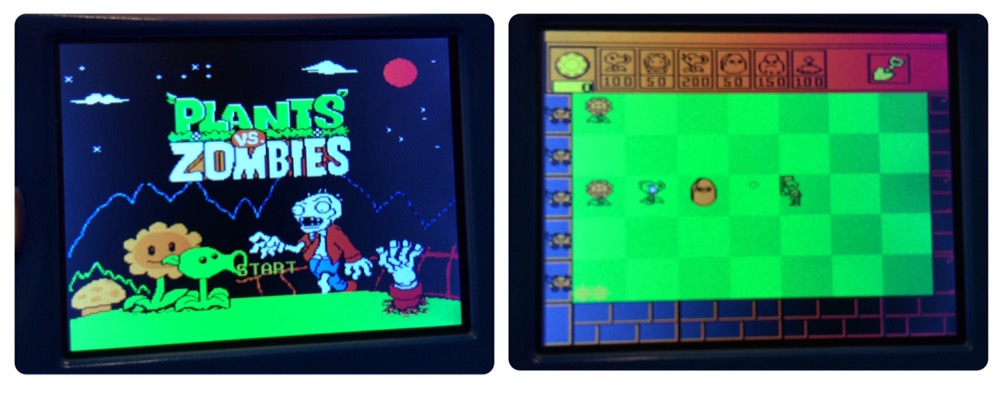
Aside from being quite literally criminal I doubt I need to tell you both are abysmally unplayable. Angry birds in particular only has 4 positions at which you can aim and the collision animations seem independent of where the bird hits. PvZ uses a pointer control (!) which on this system means almost no control at all. It’s also comically slow 🙂
Lastly there is this:
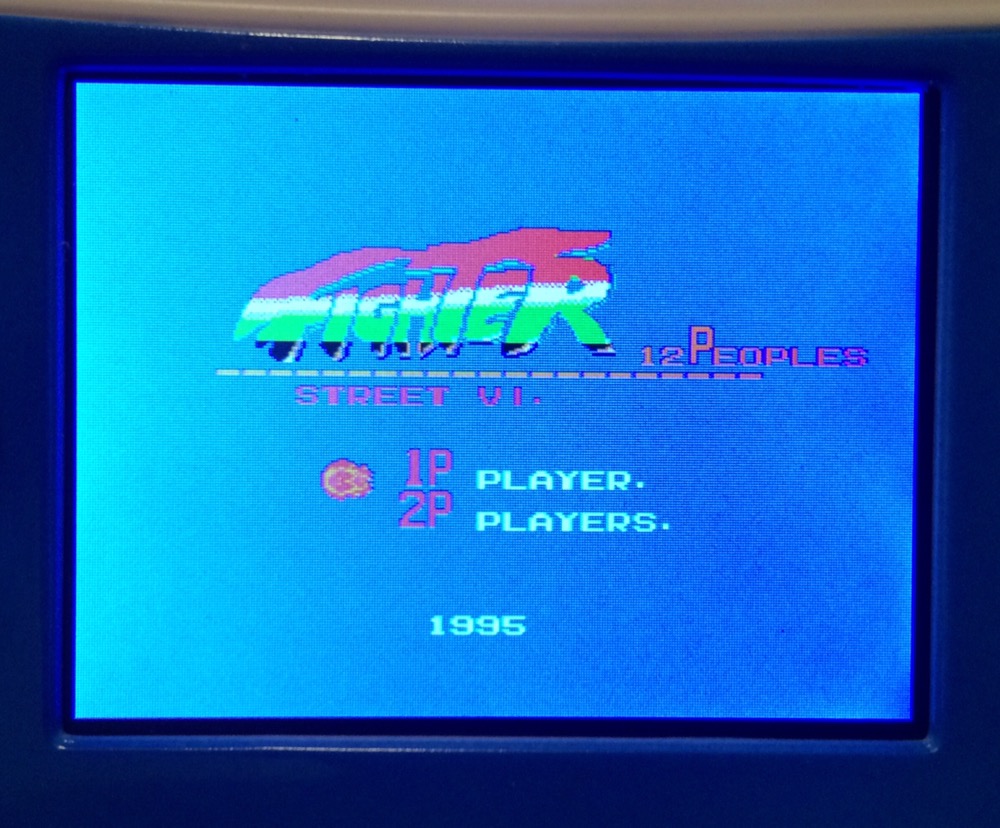
‘Fighter Street v1′ aka. ‘Crap Street Fighter’. The player select isn’t so bad:
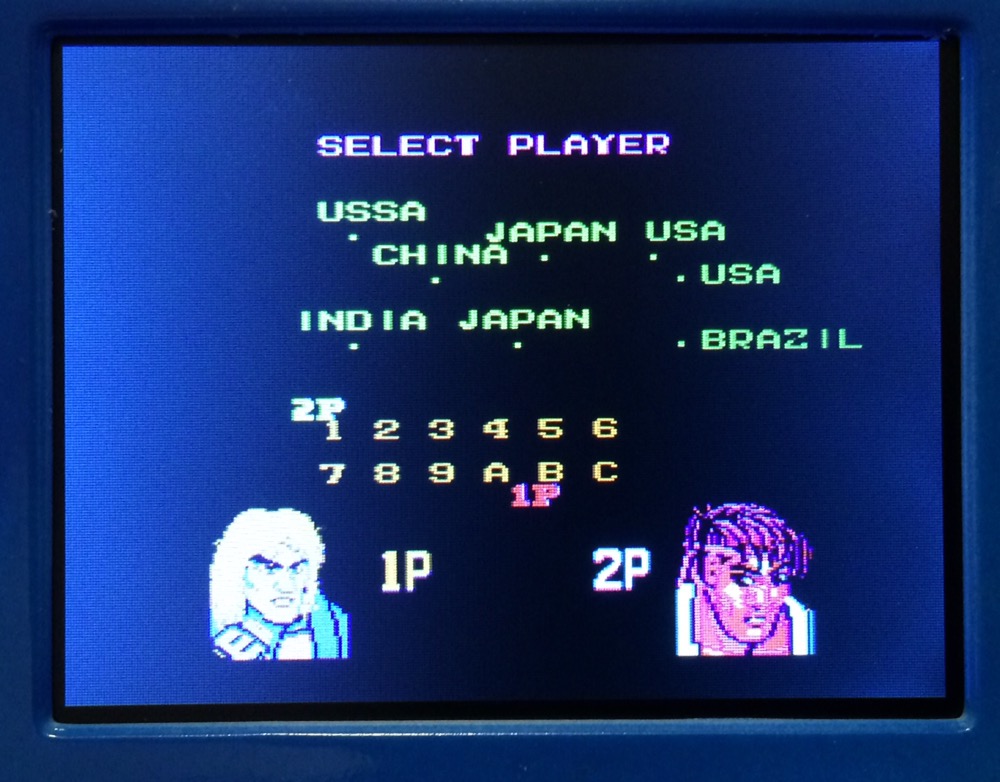
Note there are only 6 playable characters; the claim of 12 includes palette swaps! So far so bad… but the gameplay:

Absolutely, unquestionably the worst version of SF2 I have ever ‘played’. Glacially slow, you don’t seem to have any actual control over your fighter who just does random kicks and punches as he jerks backwards and forwards. Utterly shameful.
So that’s the Game Prince. An impulse, one-for-the-collection buy that I thought may make a nice tournament device. But it won’t, because it’s awful and almost unplayable and I doubt I’d ever find a soul on this lonely planet with the patience to sit around for hours while I beat them on old NES games 😉
Avoid this trash like the plague!
